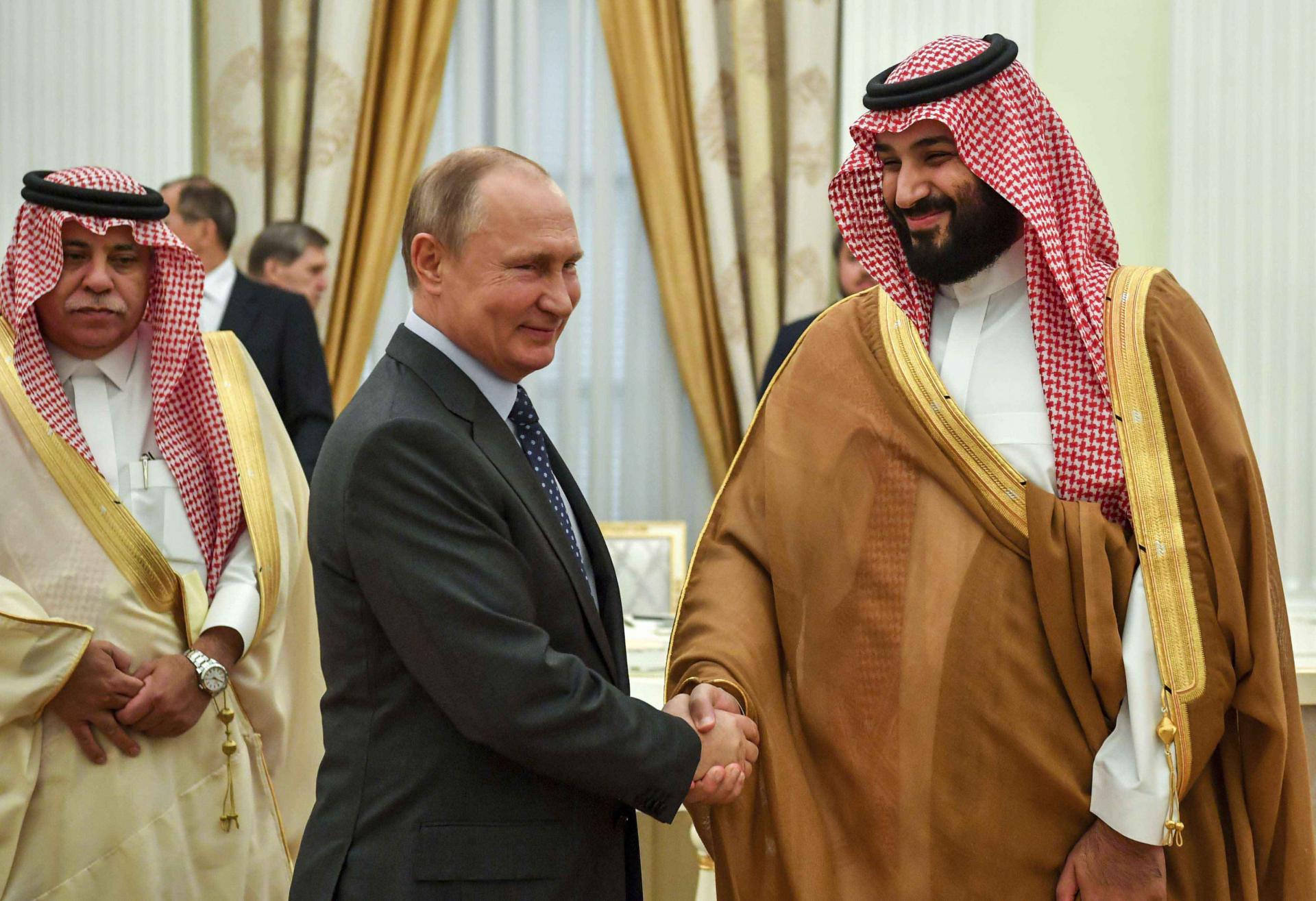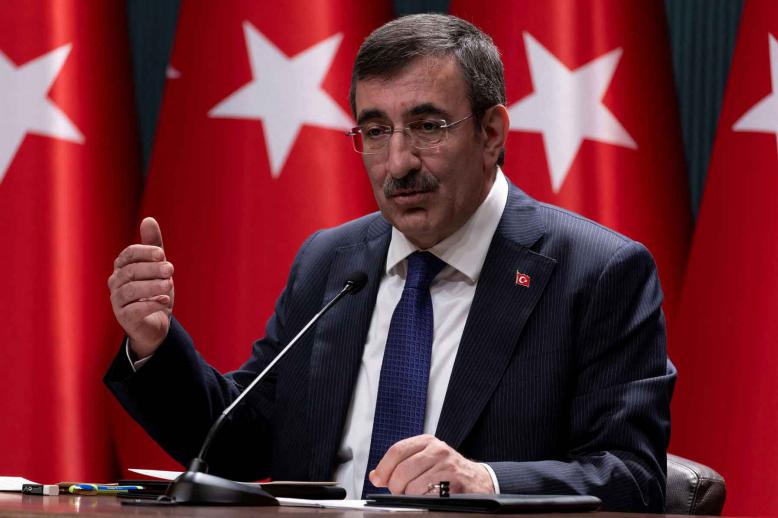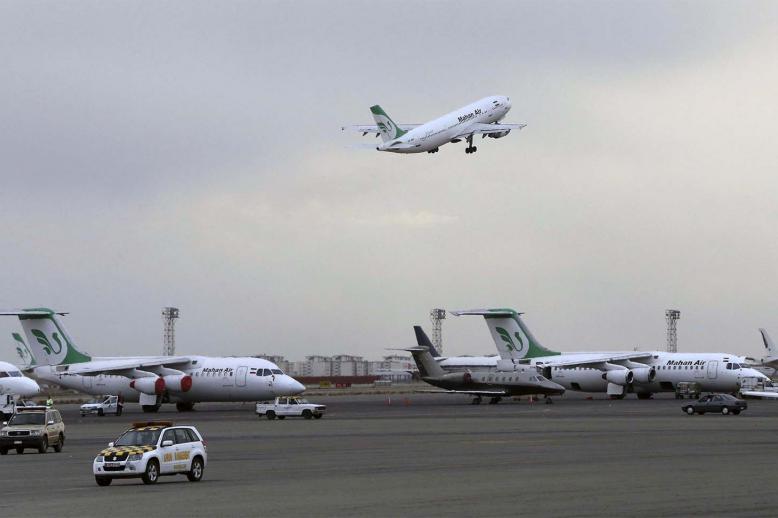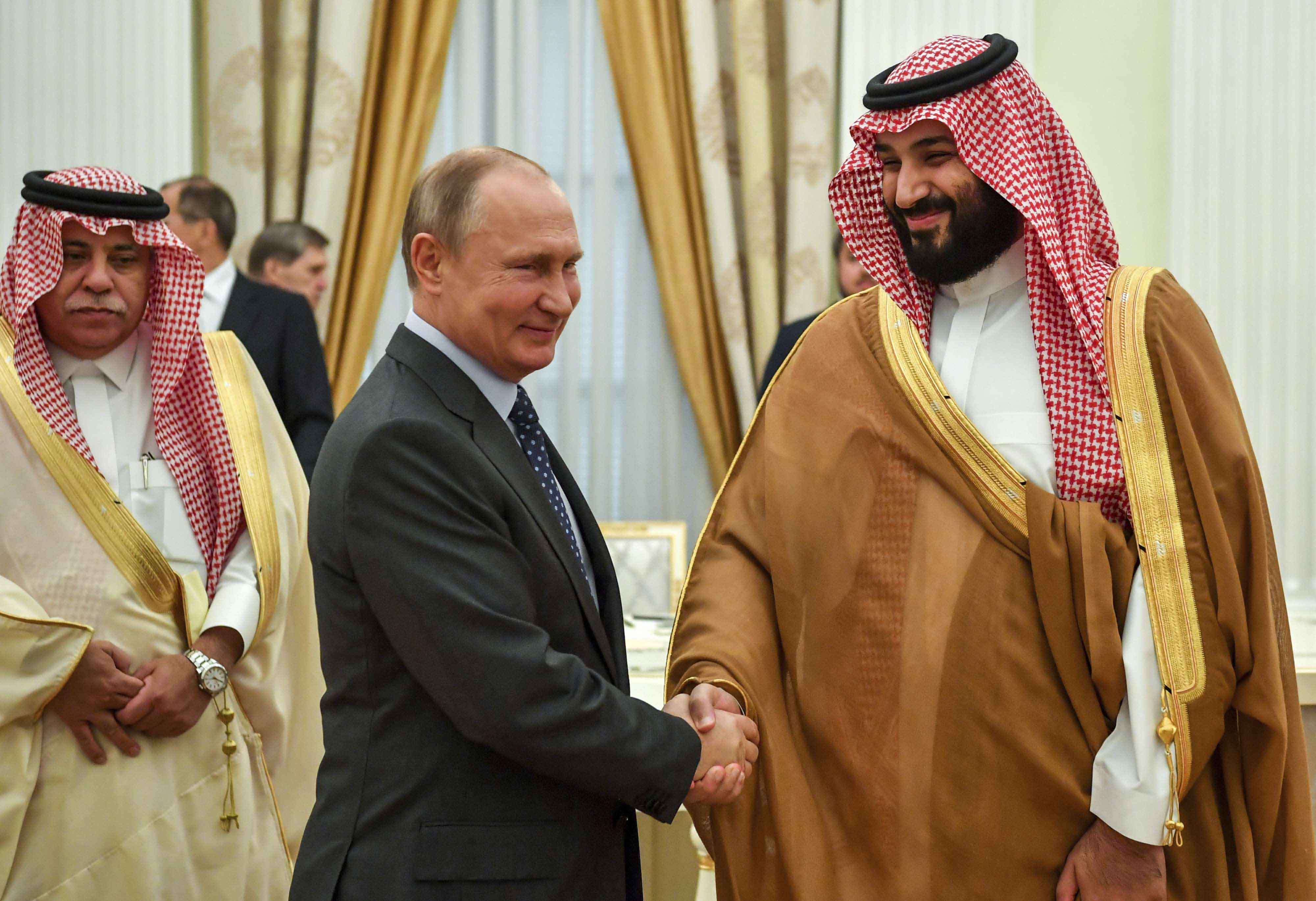The ramifications of Saudi-Russian oil policy coordination could be huge
Will growing cooperation among Saudi Arabia, Russia and OPEC increase US isolation in energy markets?
Now that we’re halfway through the World Cup, it’s worth remembering that even before their countries met on the football pitch for the tournament’s opening match, Russian President Vladimir Putin and Saudi Crown Prince Mohammed bin Salman bin Abdulaziz worked on a different sort of game, talking about coordinating oil policy. The ramifications of their face-to-face meeting could be huge.
Saudi Arabia and Russia have been coordinating energy policies since 2016 but this was a new and potentially significant development for the global oil industry. Saudi Arabia and Russia together account for approximately 25% of global oil output. The day before Putin and Crown Prince Mohammed met, the International Energy Agency (IEA) said the combined output from Venezuela and Iran could fall 30% by 2019 due to US sanctions and economic upheaval.
Russia and Saudi Arabia have been coordinating their policies with OPEC, which did not sit well with US President Donald Trump. On the day the IEA made its prediction, Trump tweeted: “Oil prices are too high. OPEC is at it again. Not good!”
It was obvious what was under way. Saudi Arabia and Russia’s strategic energy cooperation cannot be seen in isolation. In late 2016, OPEC and 11 independent oil-exporting countries — including Russia — entered into an agreement to reduce oil production. The informal arrangement came to be known as OPEC+.
The pact stipulated that in the January-June 2017 period, the signatories collectively had to reduce production. Their output had to fall 1.8 million barrels per day (bpd) on October 2016 levels. Russia agreed to cut its oil production by 300,000 bpd. The agreement was designed to reduce global oil reserves to levels that would allow prices to rise.
The Saudi-Russian agreement is significant but it is hardly decisive in the volatile global energy market. OPEC members have in the past ignored production agreements. Further wildcards include slumping Venezuelan production and the ratcheting up of sanctions on Iran by the Trump administration. From Europe to Asia, purchasers of Iranian crude are nervous.
OPEC countries and Russia met on June 22 in Vienna to discuss several options, not least an agreement to increase production by 1 million bpd as of July 1. Venezuela and Iran expressed opposition but the four main producers — Kuwait, the United Arab Emirates, Saudi Arabia and Russia — went ahead anyway. The increase in production is to be pro-rated among all OPEC members, including Venezuela, Iran and Iraq, which lack spare capacity.
The pact is a major victory for Saudi Arabia and Russia, both of which had pushed to boost output to alleviate high prices.
Beyond the agreement, much eventually depends on Riyadh. Alone among OPEC members, Saudi Arabia can increase or decrease production according to market needs. In the past, this has served as a financial levelling mechanism, both to shore up prices as well as to prevent them from rising too high.
Saudi Arabia controls most of OPEC’s spare oil capacity, can boost production within 30 days and can sustain output for at least three months. If the Saudis substantially increase exports that would reverberate throughout OPEC because it would leave the cartel’s reserve capacity at a lower level.
Volatility in global oil prices can play havoc with economies around the world. In June 2008, oil prices soared to an all-time high of $143 per barrel but OPEC prosperity from the windfall was short-lived. The global recession, which began later that year, sent oil prices plummeting to $33.73 per barrel by December 2008.
In the end, what is most notable about the Saudi-Russian agreement is the countries’ increasing coordination in the global energy market. In many ways, it can be read as one more sign of the further marginalisation of the United States, one of the world’s leading oil producers, on world markets.







